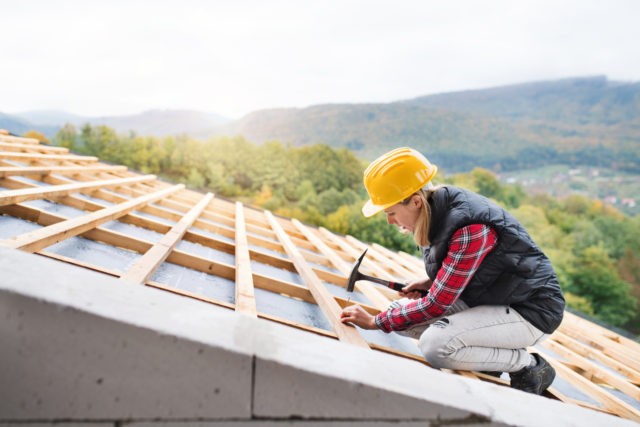The great American housing reawakening continued to blossom in April, pushing house construction spending higher even as overall construction spending grew more slowly than expected.
Private sector spending on the construction of new single-family homes rose 1.3 percent on in March to a seasonally adjusted annualized rate of $396.3 million, the 11th consecutive monthly increase, data from the Commerce Department showed Tuesday. Compared with February of 2020, the last month before the economy was hit by pandemic shutdowns, spending is up 29.8 percent. Compared with a year ago, new house construction spending is up 39.6 percent.
Total construction spending rose just two-tenths of a percentage point, falling short of expectations for three times as much growth. But the prior month was revised up to one percent growth from just two-tenths.
Compared with February 2020, construction spending is up 11.5 percent. But that gain is due entirely to the increase in residential spending. Nonresidential spending is down 1.1 percent over the period.
Government construction spending fell 0.6 percent and is 2.2 percent lower than a year ago. One of the biggest declines percentage-wise was in the category of public safety, which includes police stations and jail cells and declined by 15.2 percent in April. It is down 11.5 percent compared with a year ago.
Private sector nonresidential spending fell 0.5 percent in April from March. It is down 4.8 percent from a year ago and 5.9 percent compared with February of 2020. Spending on construction for factories picked up by four-tenths of a point but remains below prepandemic levels. Office construction spending rose two-tenths and is also below prepandemic levels.
Unlike many other parts of the economy, construction spending was considered an essential service and permitted to operate in many areas. Nonetheless, spending fell nearly 6 percent between its February peak and May trough. Residential construction spending fell by nearly 9.5 percent in those months.
Seasonally adjusted construction #employment in April trailed the February 2020 employment peak level, according to BLS as compared to Total #ConstructionSpending which exceeded spending levels in February 2020. #CensusEconData pic.twitter.com/GxuwVVR62L
— U.S. Census Bureau (@uscensusbureau) June 1, 2021
Employment in construction continues to lag prepandemic levels. That could be an indicator that the spending increases are driven in large part by increases in the costs of materials and labor.

COMMENTS
Please let us know if you're having issues with commenting.